Taking a few moments to learn how to choose a mattress specific to your postural and comfort needs will benefit your sleep enormously, as the best mattress online for you could, in reality, be very different to the one you think you need. The good news is that there are plenty of mattress types to choose from, increasing your odds of finding one that truly suits you, and we'll walk you through each of those below.
Knowing your preferred sleep position (sleep style) is a vital piece of information to have when picking a new mattress, as you can quickly narrow down your shortlist to only those that support the way you prefer to sleep. It's the same as finding a good pillow for sleeping - your sleep position can lead you faster to your ideal choice.
What are these all-important sleep positions? The most common ones are side sleeper, stomach sleeper and back sleeper, though it's common for a person to sleep in a variety of different positions throughout the night. If you find yourself able to drift off more easily in a specific position, use that as the jumping off point for determining your dominant sleep style.

Upon taking delivery of a mattress bought online, Simon Williams from the National Bed Federation recommends performing this simple test to check the firmness is right for you: "When lying on your back on the mattress, try to slide your flat hand underneath the small of your back. If your hand fits in without any resistance, the mattress is too firm for you. If you struggle to move your hand in, the mattress is too soft. A little resistance means the mattress is hugging your curves just right."
Once you have identified your sleep position, the next step is to look at any health or postural needs you have, as we need to ensure any mattress you're considering takes those into account. Different mattress materials (both outer fabric and the filling) come into play here, as well as the level of firmness, mattress depth, and size.
Oh, and if you're a hot sleeper, you may need to consider the best cooling mattress for your sleep needs instead. And remember, if you aren't in the market yet for a new mattress, you could boost your in-bed comfort and sleep with one of the best bed toppers instead.
When it comes to mattress shopping, you don't even need to leave your home as many of the top mattress brands deliver direct, with free trial periods spanning from 30 days to 100 days or more. This means you can try before you commit to buying.
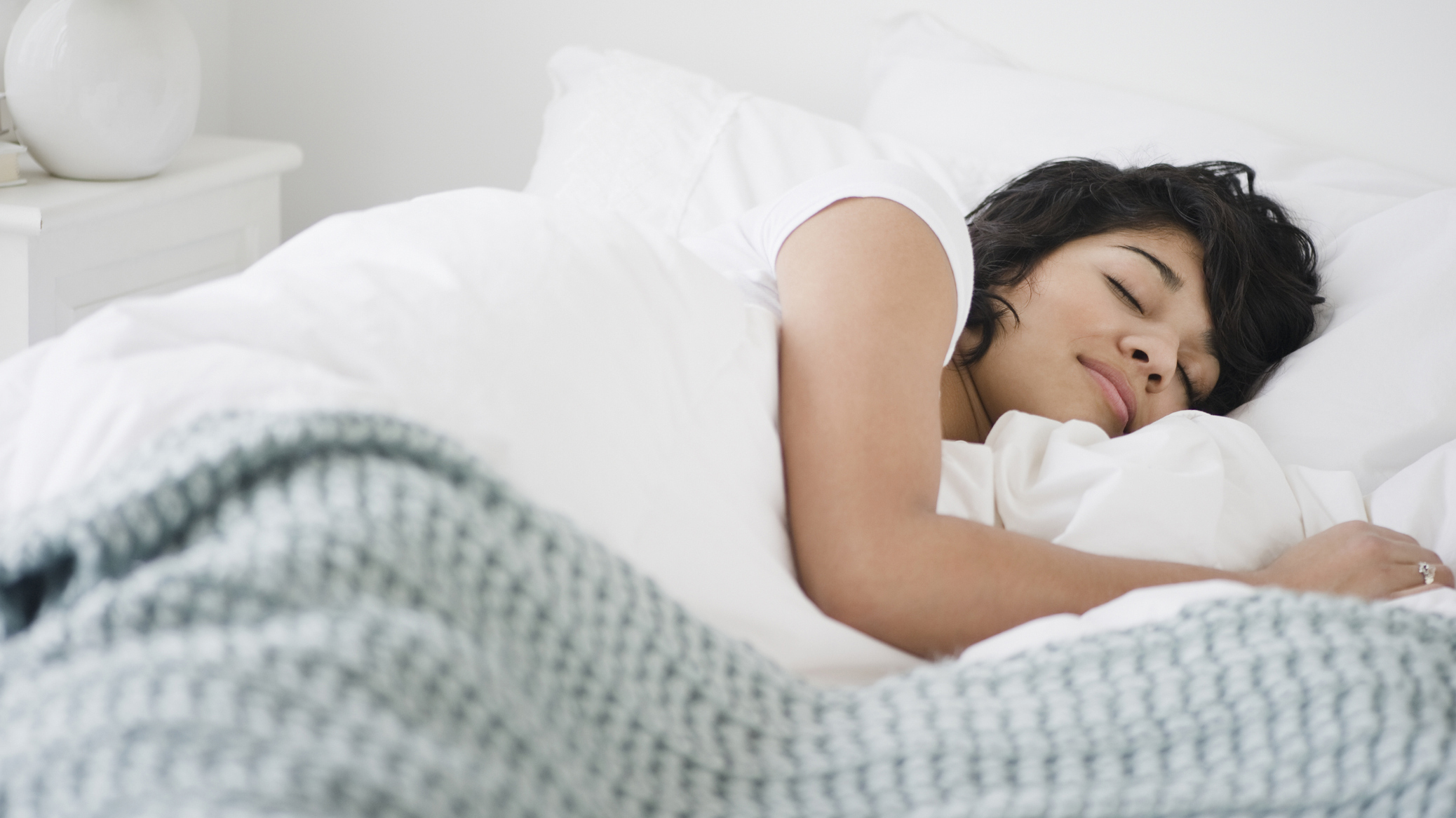
1. Know your preferred sleep position
While it's helpful to know your pocket spring from your polyurethane, it’s far more important to know what sleep position you feel most comfortable drifting off in. So whether you sleep primarily on your back, side or stomach, or a mix of all three, picking a mattress based on your go-to sleeping position will put you on the right path to finding your dream mattress (or close enough).
Front sleepers: This is where you mostly sleep on your stomach (also called the prone position). The Better Sleep Council doesn't recommend this sleep position. Why? Because it can cause strain in the lower back and lead to neck pain. A front sleeper position can also lead to increased restlessness and soreness in the ribs, knees and elbows. If you sleep mostly on your stomach, look at medium-firm or firm mattresses, as these offer enhanced support for front sleepers.
Side sleepers: By far the most popular sleep position, and one referred to by sleep experts as a lateral sleeping position. Side sleepers can afford to use a softer mattress, as this sleep position naturally relieves spinal pressure. However, sleeping on one specific side constantly can cause aches and pains around your shoulder and hip.
Simon Williams of the National Bed Federation says that, "If you lie on your side, you need a mattress that keeps the spine in a fairly straight line, and a shallower pillow so that your neck isn’t strained."
So side sleepers should opt for a soft-medium mattress to enjoy ample support and decent cushioning. Ideally, you want a mattress that molds to your body.
Back sleepers: The Better Sleep Council also takes an unfavorable view of sleeping on your back, claiming it can induce lower back pain and even increase episodes of snoring and sleep apnea. "If you sleep on your back, your spine should be in its natural curve as though you were standing upright," advises Simon. So back sleepers, head for the middle ground with a mattress that's not too soft, nor too firm.
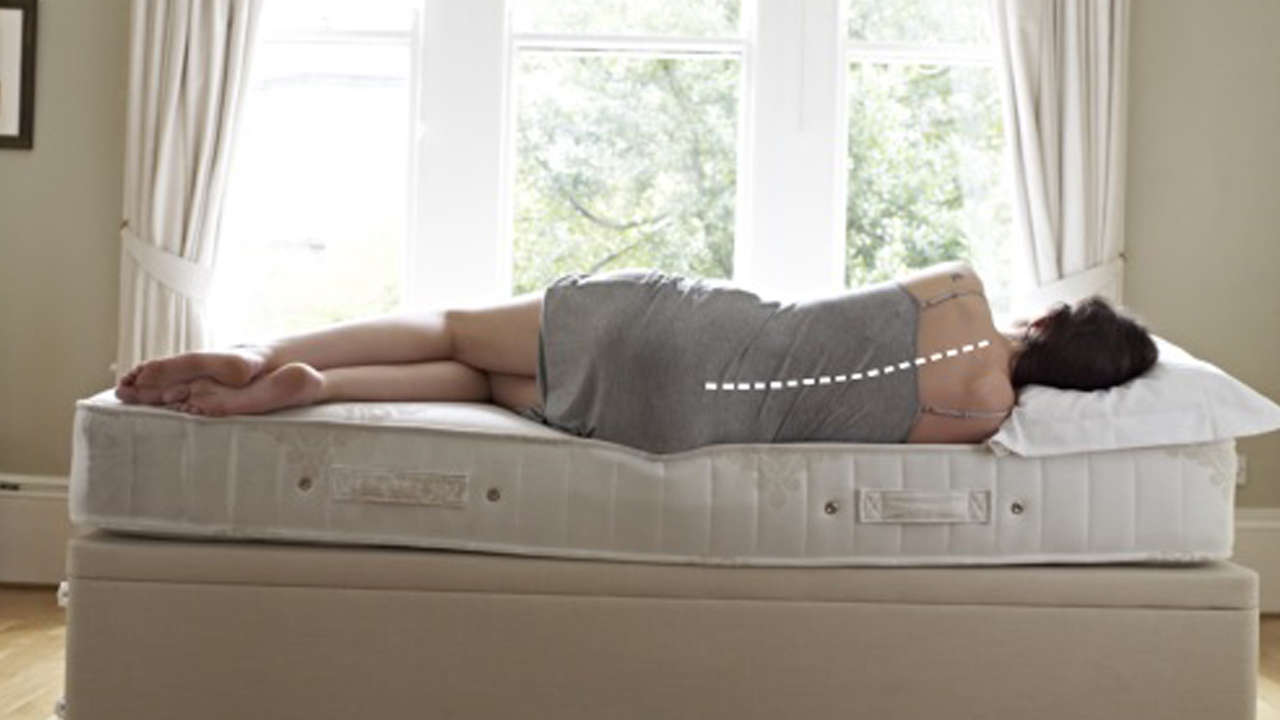
2. How to pick the right level of mattress support
According to the National Bed Federation, there's an easy way to tell if a mattress offers good support: if it molds to the shape of your body when you lie down, and keeps your spine horizontal, its a winner. Body weight comes into play here as, generally speaking, the heavier you are, the firmer your mattress should be to give you the postural support you need to feel comfortable during sleep.
If you're currently experiencing sleep issues and suspect they aren't solely related to your mattress, and more to do with a racing mind or an inability to switch off, we'd also recommend downloading one of the best meditation apps. These often have sleep meditations, plus soothing sounds to help you drift off faster.
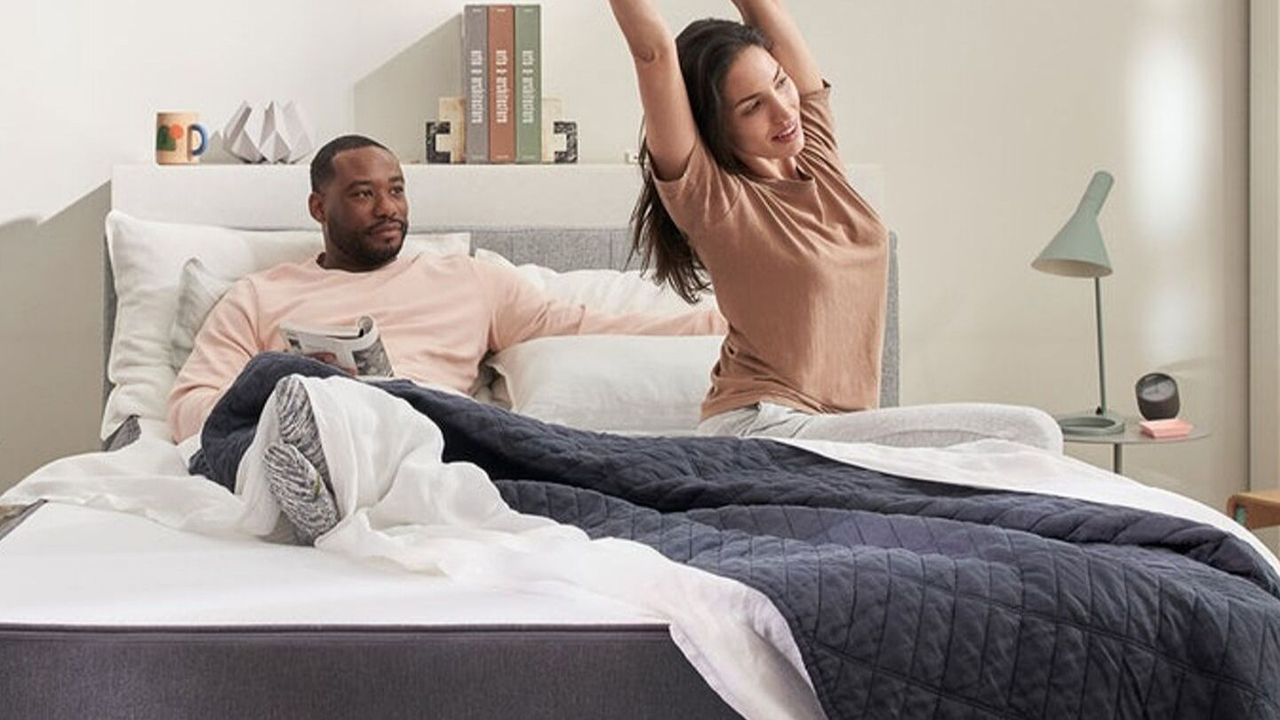
3. Learn about the different mattress types
Mattresses are made from a variety of different materials and use different methods of construction. While one mattress material isn’t necessarily better than another, when it comes to learning how to choose a mattress that's right for you, it pays to have a working knowledge of the different types available. The most common are:
Gel foam: A combination of elastic and viscous foam combined with gel beads. These are sometimes used in the mattress itself or in the upholstery.
Good for: Temperature regulation, allergies, all sleeping positions, fidgety partners.
Recommended gel mattress: Nectar Mattress
Hyper-elastic polymer: This is a gel-like material unique to Purple's range of highly breathable mattresses. It has been created especially to promote maximum airflow during sleep, and to ensure the mattress molds to your body for supreme comfort.
Good for: Hot sleepers, night sweats, restless sleepers who have trouble getting comfy
Recommend hyper-elastic polymer mattress: Purple Mattress
Latex: A type of rubber made from plants or petroleum, and a popular mattress material. Latex mattresses tend to be on the firmer side, making them very durable. They're also breathable for cooler sleep.
Good for: Hot sleepers, back pain and allergy sufferers.
Memory foam: High-density polyurethane foam is found in mattresses that mold themselves to the shape of your body for more tailored postural support.
Good for: Side sleepers, bad backs, allergy sufferers (many are hypoallergenic).
Recommended memory foam mattresses: Helix Mattress, Leesa Original
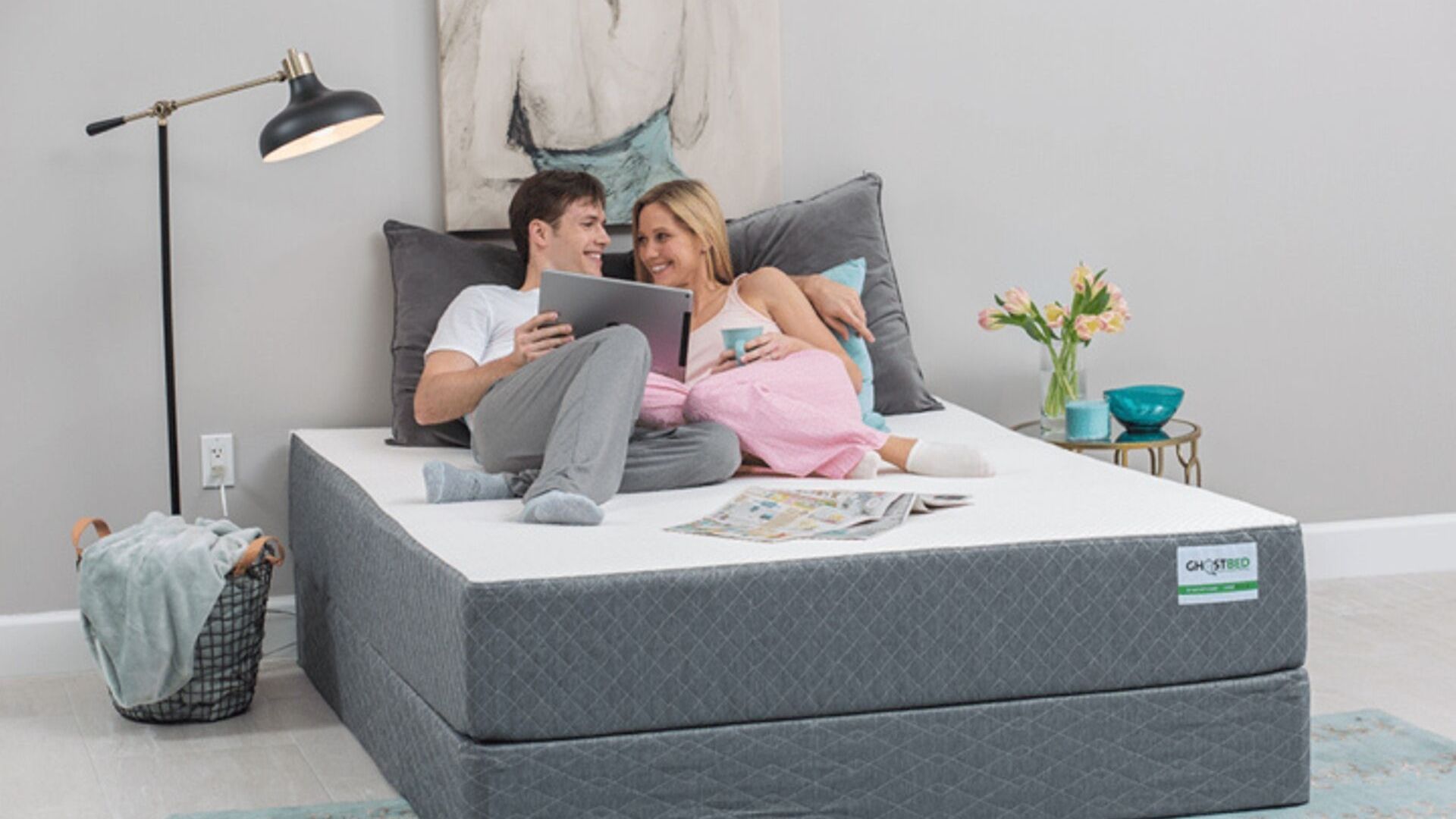
Open spring: Also known as a Bonnell Spring, this is still the most widely used option today. Arranged in rows, the springs are connected to each other at the top and bottom and an outer rod strengthens the edges.
Good for: Support and durability if the quality is high.
Recommended open spring mattress: Casper Hybrid
Pocket sprung: These are made from smaller, individual springs encased in fabric pockets that enable them to work independently from each other. This means the mattress conforms and adjusts better to body contours.
Good for: Partners that require different levels of firmness, and fidgety sleepers.
Recommended pocket sprung mattress: Brooklyn Signature Mattress
Pillow-top: Often associated with higher-end products, these have an additional layer of soft upholstery added to the top of the mattress.
Good for: Adding an extra layer of comfort to firmer mattresses.
Recommended pillow-top mattress: Saatva
Hybrid: Can be a combination of all of the above, but most commonly a mix of memory foam with a pocket sprung base.
Good for: Back pain and allergy sufferers.

Some of the biggest sleep brands, such as Purple, Casper, and Saatva, run regular sales events too, so if you decide that one of those is right for you, check out our round-up of the Purple mattress deals and the best Casper mattress deals for mattress in a box offers, plus the best Saatva mattress discounts for mattresses that are hand-delivered to your room of choice.
4. How firm should your mattress be?
We asked Terry Cralle (MS, RN), Certified Sleep Educator and spokesperson for the Better Sleep Council, how to choose a mattress with the right level of support for different sleep positions and postural needs. Terry explained that, "Firmness is a subjective term - there is no industry standard to measure firmness, and different mattresses will feel different to different people." However, she was able to provide the following guidance for people buying online...
Soft-medium firmness: "Consider a mattress of this firmness if you’re a side sleeper over the age of 50, and of below or average body weight. Stomach sleepers or back sleepers of a heavier body type should go for something firmer".
Medium firmness: "Medium mattresses may still not prove firm enough for heavier stomach/back sleepers, but should be comfortable for side sleepers under the age of 50, and of below average or average body weight".
Medium firm: "Definitely one to consider for stomach or back sleepers with an average or higher than average body weight. Remember that while a mattress must be supportive enough to keep the body properly aligned, it must still be comfortable enough to be relaxing."
Firm: "Traditionally, firm mattresses have been recommended for back pain, but some research shows that medium-firm may be more appropriate. One higher-quality trial found a firm mattress slightly inferior to a medium-firm mattress for pain-related disability and pain while in bed."
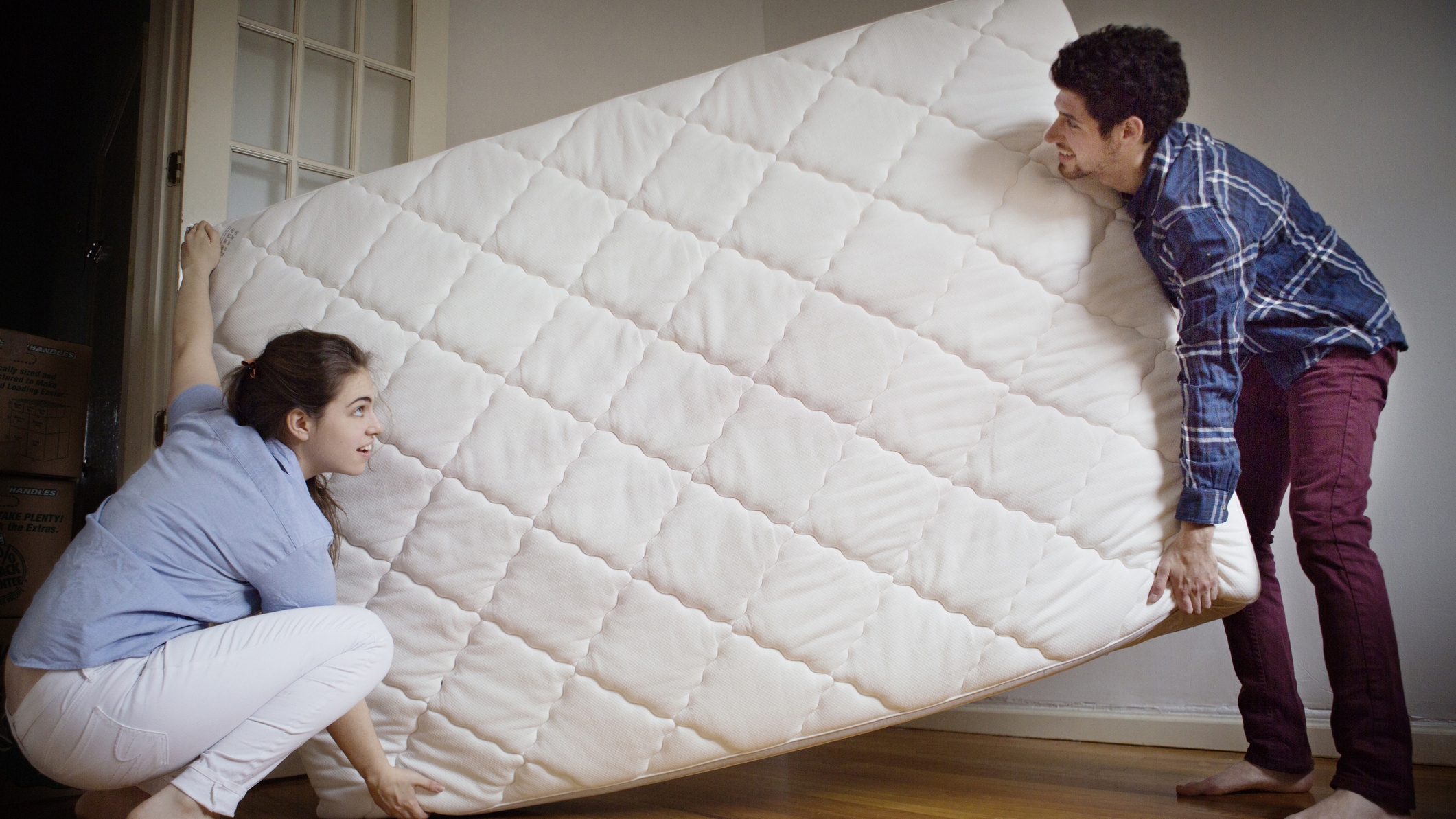
5. Which mattress size should you buy?
Choosing a mattress size may be dictated by the size and layout of your bedroom, but there are some guidelines you can follow when it comes to picking the right mattress size.
It’s worth noting that the Better Sleep Council claims a 'full size' double bed (53″ x 75") only provides sleeping partners with 27 inches of personal space, or 'about the width of a crib'. For this reason alone, it's worth considering a larger mattress size if you have the space and budget.
The most popular mattress sizes available to buy now include the following...
Full (53″ x 75″): As stated above, these provide 27 inches of space per sleeper. This can feel cozy for some, yet cramped for others.
Queen (60″ x 80″): While wider and longer than a full size double mattress, a queen-sized bed offers 8 inches less space than a single sleeper enjoys in a twin bed (38" x 75").
King (76" x 80"): This offers partners the equivalent of a twin bed each for maximum comfort. Be sure to measure your room dimensions though, factoring in any bedroom furniture plus an obstacle-free entry route to the bed for you and your partner.
California King (72″ x 84″): These bedroom behemoths are gaining popularity on the West Coast and measure 5 inches longer, but 4 inches narrower than a king size. Before you buy a mattress of this size, ensure that you can find a good supply of bed sheets and other linens for it.
To nurture your sleep further, check out our guides to the best bed toppers as well as the best comforters for various seasons.
